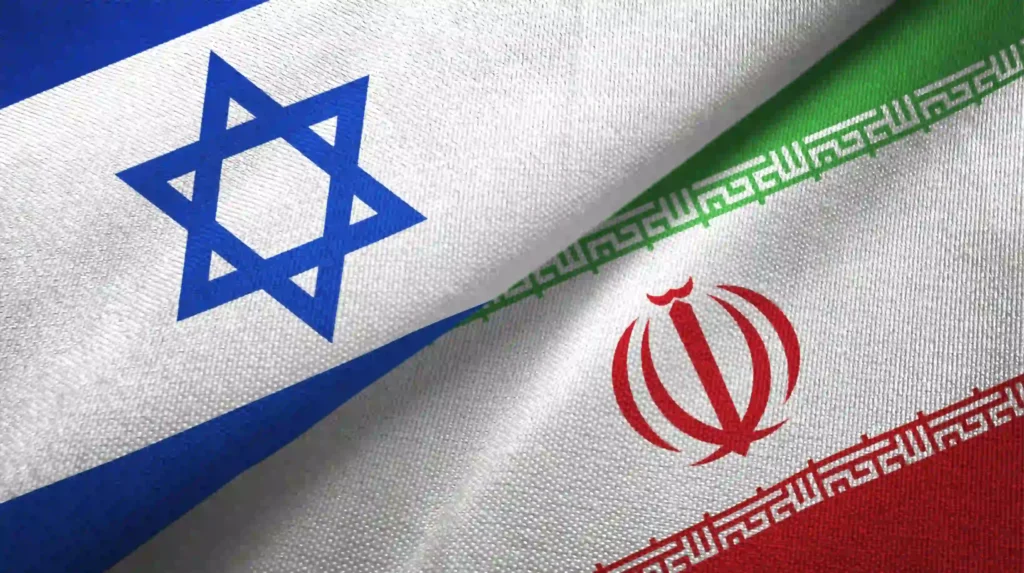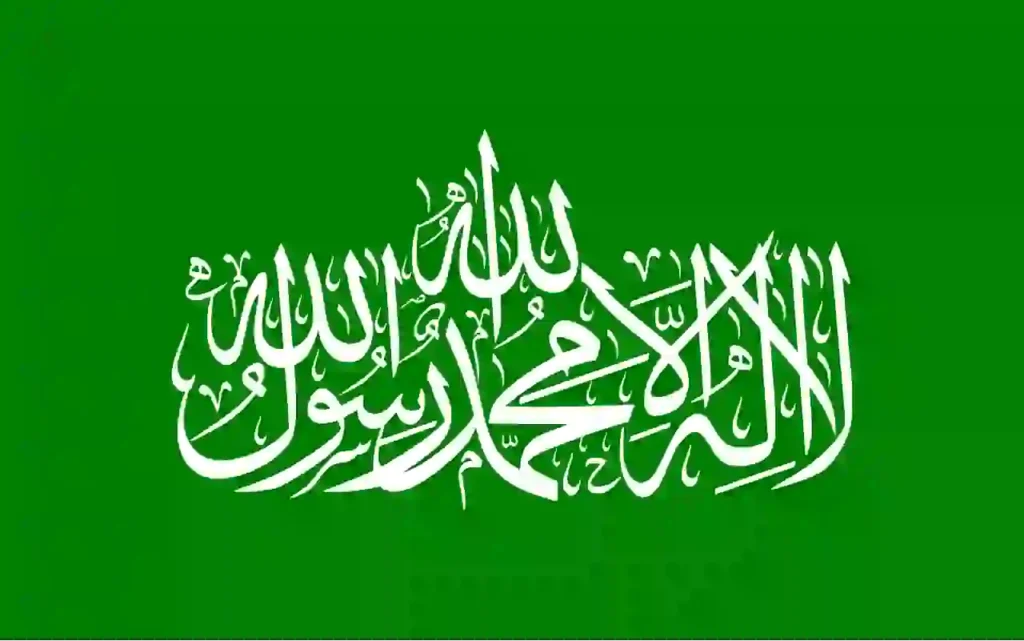Iran-Israel Conflict

The Iran-Israel conflict is one of the most enduring and complex geopolitical disputes in the Middle East. This ongoing struggle stems from deep political, ideological, and religious differences between the two nations.
Over the years, both countries have taken numerous actions that fuel these tensions. Iran’s backing of militant groups like Hezbollah and Hamas and Israel’s efforts to thwart Iran’s nuclear ambitions form the core of this conflict. As tensions escalate, the conflict draws in regional and international players, making it a central issue in Middle East tensions.
Cause of the Iran-Israel Conflict
At the heart of the Iran-Israel conflict lies Iran’s opposition to the existence of Israel, framed as defending the rights of Palestinians. After the 1979 Islamic Revolution, Iran shifted to an anti-Israel stance, labeling Israel an illegitimate state. Iranian leaders regularly call for the elimination of Israel, heightening regional tensions. On the other hand, Israel views Iran’s nuclear program as a direct threat to its security. Efforts to derail this program have included cyberattacks, the assassination of key Iranian scientists, and direct military actions.
Additionally, Iran supports groups hostile to Israel, such as Hezbollah in Lebanon and Hamas in Gaza. These groups frequently engage in attacks on Israel, further escalating the conflict. In return, Israel strikes back against Iranian military positions in Syria, Lebanon, and even Iraq, intensifying the regional instability.
What are Hezbollah and Hamas Groups?
Hezbollah and Hamas are two militant groups that play significant roles in the Israel-Iran conflict, with both receiving support from Iran.
Hezbollah Group

Hezbollah, which translates to “Party of God,” is a Shia Islamist political and militant organization based in Lebanon. It was founded in the early 1980s with support from Iran’s Islamic Revolutionary Guard Corps (IRGC) during the Lebanese Civil War. Hezbollah was created to resist Israeli occupation in Lebanon and to establish an Islamic state modeled after Iran’s.
- Militant Wing: Hezbollah operates a well-trained militia that engages in both guerrilla warfare and conventional military tactics. The group has been involved in various confrontations with Israel, most notably the 2006 Lebanon War.
- Terrorist Designation: Hezbollah is designated as a terrorist organization by many countries, including the United States, Israel, and several members of the European Union, due to its violent activities and involvement in global terrorist attacks.
- Political Role: Apart from its military operations, Hezbollah also participates in Lebanese politics and holds significant power within Lebanon’s government.
Hamas Group

Hamas is a Sunni Islamist political and militant group based in the Gaza Strip, founded in 1987 during the First Palestinian Intifada (uprising) against Israeli occupation. It seeks to establish an Islamic state in historic Palestine and does not recognize the state of Israel.
- Militant Wing: Hamas is responsible for numerous attacks on Israeli civilians and military personnel, including rocket attacks and suicide bombings. Its military wing, known as the Izz ad-Din al-Qassam Brigades, leads these operations.
- Terrorist Designation: Hamas is classified as a terrorist organization by Israel, the United States, the European Union, and other countries due to its involvement in violent activities.
- Political Role: Since 2007, Hamas has controlled the Gaza Strip after winning elections and ousting the Palestinian Authority forces. Despite its violent tactics, Hamas remains a central player in the Palestinian political scene.
Both Hezbollah and Hamas receive substantial financial and military support from Iran, and they serve as key proxies in Iran’s regional struggle against Israel. Their actions significantly contribute to the Middle East tensions and the broader conflict with Israel.
Countries Involved in Iran-Israel Conflict
While the conflict directly involves Iran and Israel, its repercussions extend across the Middle East and beyond.
- United States: As a close ally of Israel, the U.S. offers military, economic, and diplomatic support. Washington has also imposed harsh sanctions on Iran, attempting to curb its regional influence and nuclear ambitions.
- Lebanon: Hezbollah, Iran’s proxy in Lebanon, plays a central role in the conflict. The group regularly engages in military actions against Israel, drawing retaliatory strikes.
- Syria: The Syrian Civil War allowed Iran to establish military bases in the country. Israel has responded with airstrikes on Iranian assets in Syria, trying to prevent arms shipments to Hezbollah.
- Palestinian Territories: Iran provides significant backing to Palestinian militant groups, including Hamas and Islamic Jihad. These groups frequently launch attacks on Israel, adding to the volatility of the region.
- Saudi Arabia and the Gulf States: Traditionally opposed to Israel, these nations have shifted their stance in recent years. The Abraham Accords represent a new reality where Gulf nations see Israel as a counterbalance to Iran’s growing influence.
Impact of the Iran-Israel Conflict
The Iran-Israel conflict has wide-reaching impacts that go beyond the two nations involved.
- Humanitarian Consequences: Frequent conflicts, especially in Lebanon and Gaza, have caused significant civilian casualties and displaced millions. The ongoing warfare devastates communities, creates refugee crises, and worsens humanitarian conditions.
- Economic Strain: Regional instability, driven by the conflict, affects trade routes, oil supplies, and the economies of surrounding nations. Additionally, sanctions against Iran have crippled its economy, though Tehran continues to assert its influence.
- Nuclear Threat: The potential for Iran to develop nuclear weapons looms large over the region. Israel has made it clear that it will not allow Iran to obtain nuclear capabilities, leading to high-stakes confrontations and raising fears of a nuclear arms race in the Middle East.
- Diplomatic Tensions: The conflict hampers broader peace efforts in the Middle East. While some Gulf states are normalizing relations with Israel, tensions between Iran and Israel remain a key obstacle to regional stability.
- Global Involvement: Other major powers, such as Russia and China, have interests in the region. They support various sides through arms deals and diplomatic alliances, adding another layer of complexity to the Middle East conflict.
Conclusion
The Iran-Israel conflict is a key factor driving instability in the Middle East. As both nations continue to clash over political and security issues, the risk of escalation remains high. With global powers involved, any further deterioration could have significant consequences for the region and beyond. While peace efforts exist, the deep-rooted nature of the Middle East tensions makes a resolution difficult to achieve. The world continues to watch as this decades-long conflict unfolds.
Details in the Articles are collected from trusted Sources you can visit Wikipedia for more details.
